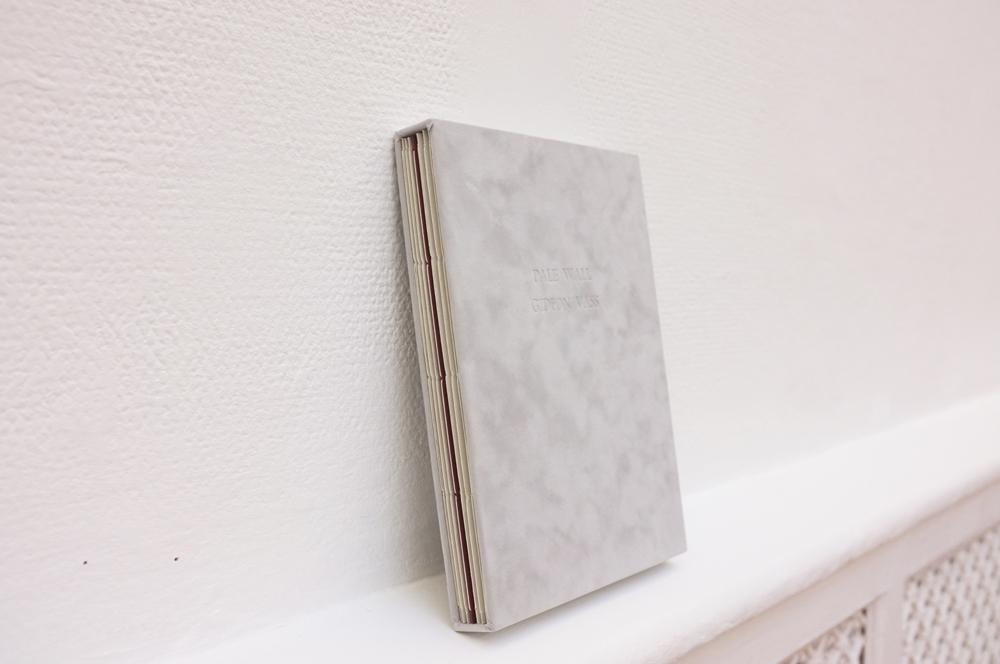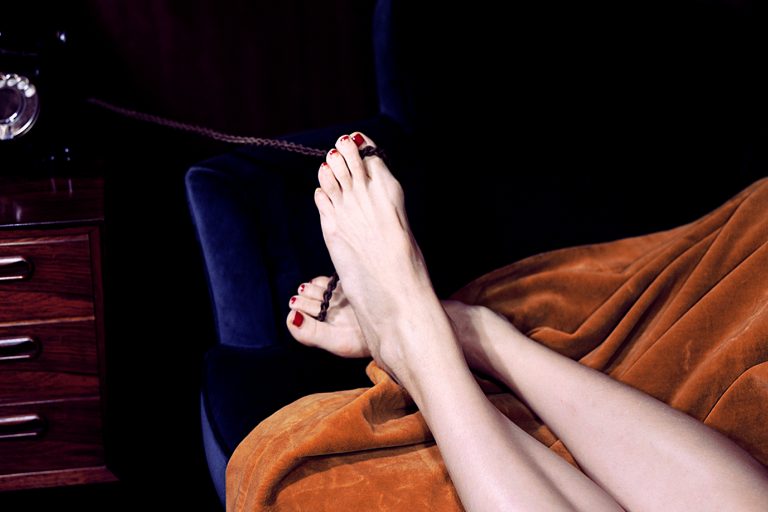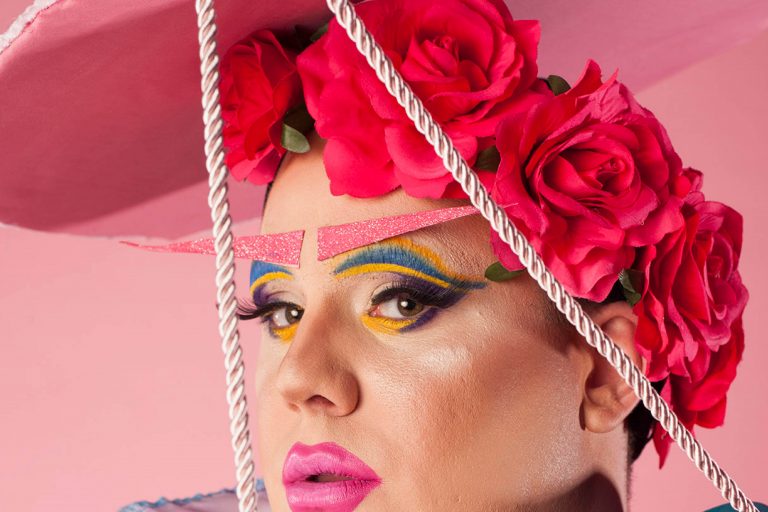
Focus: Gideon Vass
Issue Three's Sophie Lee sits down with Manchester School of Art Graduate Prize winner
In June of this year I was invited, as a graduate of the Manchester School of Art, to select and award the Alumni Prize for the BA Hons Photography programme. Prior to the opening evening I enjoyed a quiet afternoon perusing the graduate show, compiling a long list of visually striking and thought provoking photographic works.
I found myself drawn to a series of off-white images hanging against the white gallery wall. The work, made by Ipswich born Gideon Vass, entitled Pale Wall, is a five month study of a wall and the figures that inhabit the surrounding space. Struck initially by the simplicity of the idea and its aesthetic, it was upon visiting the artist book reading space that my decision on the award was firmly made.
Blown away by Gideon’s attention to detail and eye for materials, his book works bring another dimension to his concepts, which sit in perfect harmony due to the obvious time and considerations spent on them.
I asked Gideon about the most interesting thing he found through the study of the Pale Wall; “If you commit enough of your time to one space, something will happen”. This commitment is evident throughout Gideon’s work, giving it substance and authenticity.
Curious to find out more about his approach and working methodology, I interviewed him recently, for the first in a series of features entitled Focus.
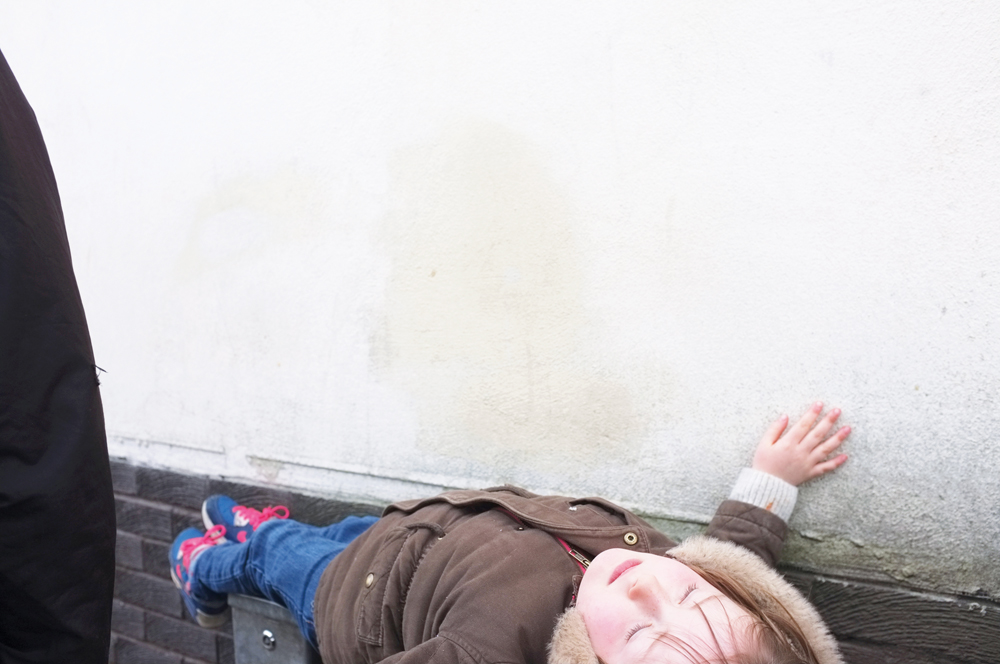
Pale Wall
Where did your practice begin, and why did you choose photography as your medium?
I first started practising photography with purpose during my foundation course in Ipswich. I shared a house with my father, a practising artist at the time and a man that, through my observation and our conversations, helped me to understand the time and conviction that a practice requires. Also, to allow myself to become dependent upon it, as that need and dependency is the time when it becomes truly real.
At that time I was very much involved in the street photography genre, one I have little interest in now, but still gave me a wealth of knowledge. Street photography is like a training ground; how to photograph people and how to act when doing so, how to deal with the consequences of photographing people, how to work quickly and efficiently and how to deal with a lot of effort resulting in nothing of any quality. When your only real reference is Winogrand, it also teaches you how many relentless hours you have to put in to develop.
Street photography is a genre that is heavily process driven, and when the mind wants to explore, it is lovely to be told that you can do what you’re doing and make art at the same time. But the point I’m making is, that starting where I started did me an awful lot of good.
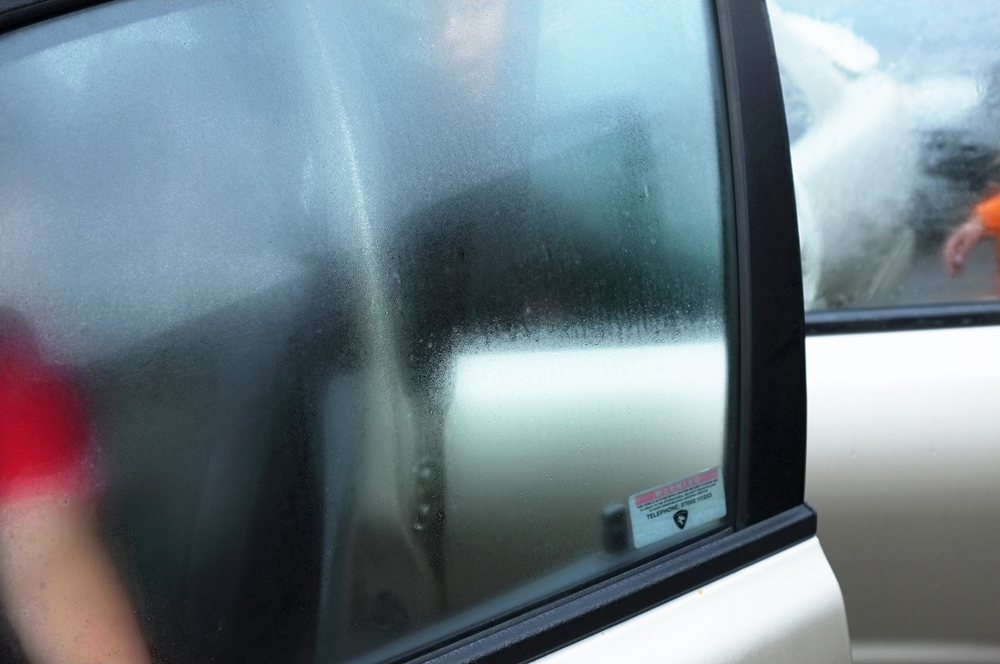
The Blue of Distance
How would you describe the type of work you make?
A troubling question, and one that when asked ricochets through my mind without ever finding a point of clarity. In the past 8 months or so my work has moved into areas I did not preconceive, which makes the question of ‘type’ very arduous. Right now, it’s a kind of indeterminate, speculative form of social commentary. Although I could strongly disagree with this explanation tomorrow. As the maker, you’re almost the worst person to ask. I find myself in limbo between what is being seen and what is currently being made. I think I’ll leave it to the viewer to figure that one out.

The Pale Wall
I see a performative aspect in your work, what are your thoughts around this?
In certain parts of my work the performative element that my subjects seemingly have, comes through my appetite to acquire the impression that I have some control over behaviour that is simply uncontrollable. If I succeed in controlling the space, or platform, in which my subjects inhabit, then for a brief moment (in the case of Sewing, five minutes) I gain the impression that in some way they are performing for me. But in order for this to happen, I too have to inhabit a performance or role that will influence and manufacture the desired platform. I become, as much of a character as the subject, although my intent is to record. By stressing control, I’m in no way opposing unpredictability, for it is unpredictability that fuels the work, and it’s the very thing that drew me to an extensive study of a single space. By deciding on a single space to investigate, I’m attempting to anticipate and contain the deceptive unpredictability of a moment of social behaviour. I knew I couldn’t chase it, so I wanted to see if I could wait for it. Whether I could capture something that couldn’t be captured if I were continually moving.
It seems that you approach a particular element of the everyday in a thorough, almost scientific way. Do you set yourself any rules in your working methodology?
There are many rules, but these rules depend wholly on the line I’m following, each project adopting a different set of rules.
A scientific study is guided by strict parameters, and I use the same working methodology in my work. As my rules start to multiply within an idea, whether geographical, time based or that moment when I decide to make a rule that is unnecessarily mandatory, it defines the parameters of the project, and I begin to channel my energy into a specific point. Once the parameters have been identified, a field of work follows quickly behind.
It’s finding these parameters that is the trouble, and the most frustrating thing, like any art form, is that they never appear when you’re searching for them. Within Princess Footbridge, a series I made last year over a period of 10 minutes, the rules were made post-production. I followed a sequence of activity and took every opportunity to make an image. Once I had the field of imagery, the combination of ordering and refining enabled me to form a pathway through the work that developed into a carefully moulded narrative.

Princess Footbridge
When beginning a project, how do you go about selecting your subject matter?
I don’t pre-select a subject or concern; I’ve never had any success by doing that. The initial process is straightforward; I leave the house with a location in mind and remain receptive to occurrences and openings on route.
I pick a location, often intersections and open spaces, with the knowledge that the travel will lead to a period of time, and that time will lead to further possibilities. On rare occasions I see something special happening in a space through an arrangement of components and it draws me back. It was one of these arrangements that initiated Pale Wall. I stopped and made an image of a lady as she stood next to the wall, I needed to take the photograph but I didn’t see the potential in the space at that moment. When reflecting on the image I noticed that the wall was consuming the figure, as though she’d been pulled away from her immediate location and had become entrapped in a new context. I broke down the image to work out what had contributed to this impression, and returned to the space with this newly found knowledge.
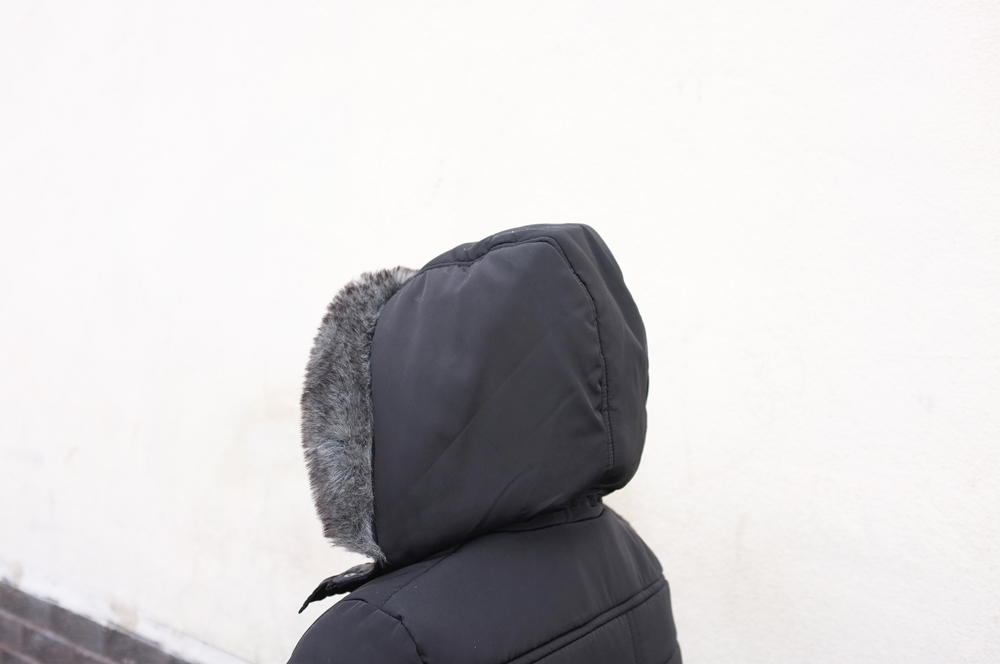
Pale Wall
When looking at your work I was struck by your attention to detail, you clearly have an excellent eye for materials. It seems fitting for your work to become something more than surface. Were you drawn to the photo book because of its tactility? What do you think the book works bring to your ideas?
For Pale Wall, the book making couldn’t have had a greater influence on the construction of the project. It wasn’t until I started considering the book that I began to understand what I had produced, and even now I’m still learning and finding alternative routes through the project.
What the book making did is force me to consider the project as a whole, to determine a relationship between the imagery, and to thoroughly understand the affect that one image was having on another. There were strong images that were discarded because of their incoherence within the book, and if they didn’t make it into the book, they didn’t make it into the finalised project. The book is a work in itself, its not just a device to view work, nor is it a selection of sewn together prints.
Pale Wall is made up of 7 chapters; I used this as a way of dictating the pace of the reading, breaking the project into self-contained passages, and drawing attention to the blank pages and wall images. The reader becomes obliged to spend time with the empty wall.
What photographs can offer, and what many people seek, is a kind of immediate fulfilment, a sudden tickle, to be able to turn each page and carry with them these same expectations. But what I wanted to do with the inclusion of many wall images was to imply time, the empty hours I spent next to the wall, waiting for the next figure to emerge. The walls aren’t there for the reader’s fulfilment, but rather to fulfil a role, and if that is understood, then fulfilment could possibly follow. Each wall stretches to the edge of the page, neither the sides of the wall or the sides of the image are revealed, the time that they represent is not confined, the reader can interpret time for themselves. I have a lot to say on this topic, so I’ll stop it there before I drift down another avenue.
But yes, tactility is very important. And artist made books in particular. There is something quite wonderful about a delicate book, its fragile preciousness, the feeling that its pages could fall apart at any minute. Care is unified with value and sentiment; if you have to care for a book you build a deeper connection with it. The mass-produced photo books with their immortal binding and varnished pages; which you can leave in the bath and throw at your wall, then take to your desk and continue to read, are absolutely marvellous for the straightforward viewing of the images, but you never form a relationship with the object.

Pale Wall
What does the future hold for you and your work?
A change of continent possibly, a change of direction maybe, a change of clothes hopefully, but that’s as far as I know. I couldn’t predict where I’d be now this time last year, so I’m hesitant to guess.

Pale Wall
_______
Delve further into Gideon’s work and keep tabs on his works in progress via the link below.
